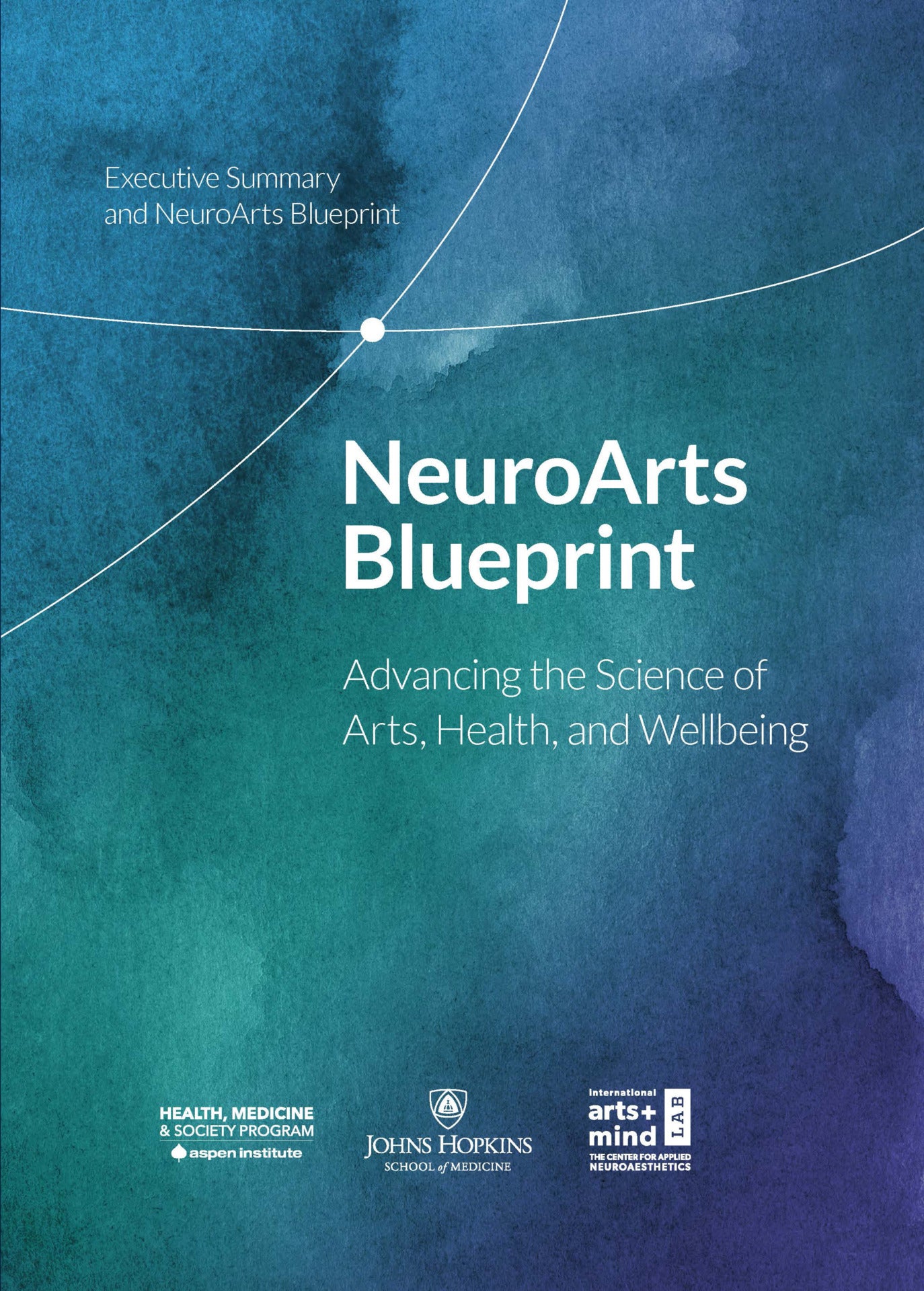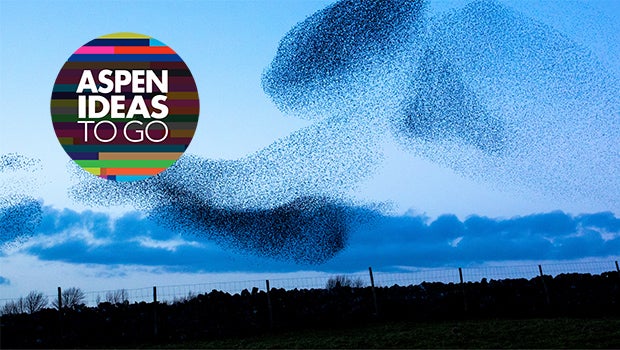The NeuroArts Blueprint initiative is breaking new ground at the crossroads of science, the arts, and technology. Its mission is to cultivate an ecosystem for neuroarts—the transdisciplinary study of how the arts and aesthetic experiences measurably change the body, brain, and behavior, and how this knowledge is translated into specific practices that advance health and wellbeing around the world.
To realize its potential, neuroarts must become a fully recognized field of research and practice, with educational and training pathways, dedicated funding, supportive public sector and private sector policies, effective leadership, well-crafted communications strategies, and infrastructure capacity. The NeuroArts Blueprint initiative is designed to put all of that in place.
Launched in 2019, this partnership between the Johns Hopkins International Arts + Mind (IAM) Lab Center for Applied Neuroaesthetics and the Aspen Institute’s Health, Medicine & Society (HMS) Program engages leaders across a wide range of disciplines, as well as people with lived experience.
Four pioneers in the sciences and the arts guide the work as Advisory Council cochairs: Renée Fleming, Eric Nestler, Michael Paseornek and Anna Deavere Smith. The initiative is co-directed by Susan Magsamen, executive director of IAM Lab, and Ruth J. Katz, executive director of HMS.
The result of this global collaboration is the NeuroArts Blueprint: Advancing the Science of Arts, Health, and Wellbeing, a bold roadmap for bringing together science, the arts, and technology to build a sustainable new field. The Blueprint presents both a five-year plan and a longer-term vision of a mature neuroarts ecosystem dedicated to improving human health, strengthening communities, and promoting culture change.


